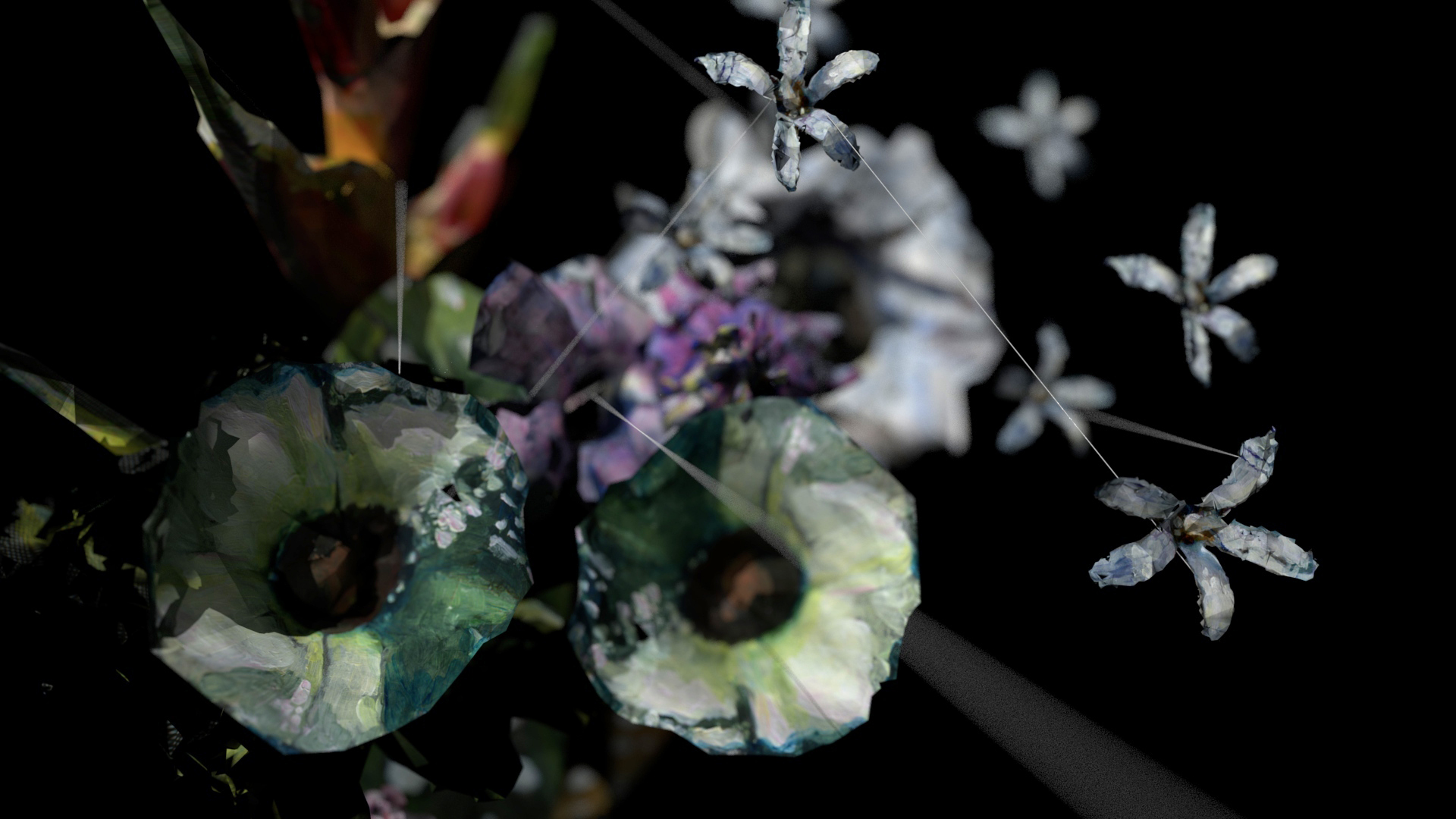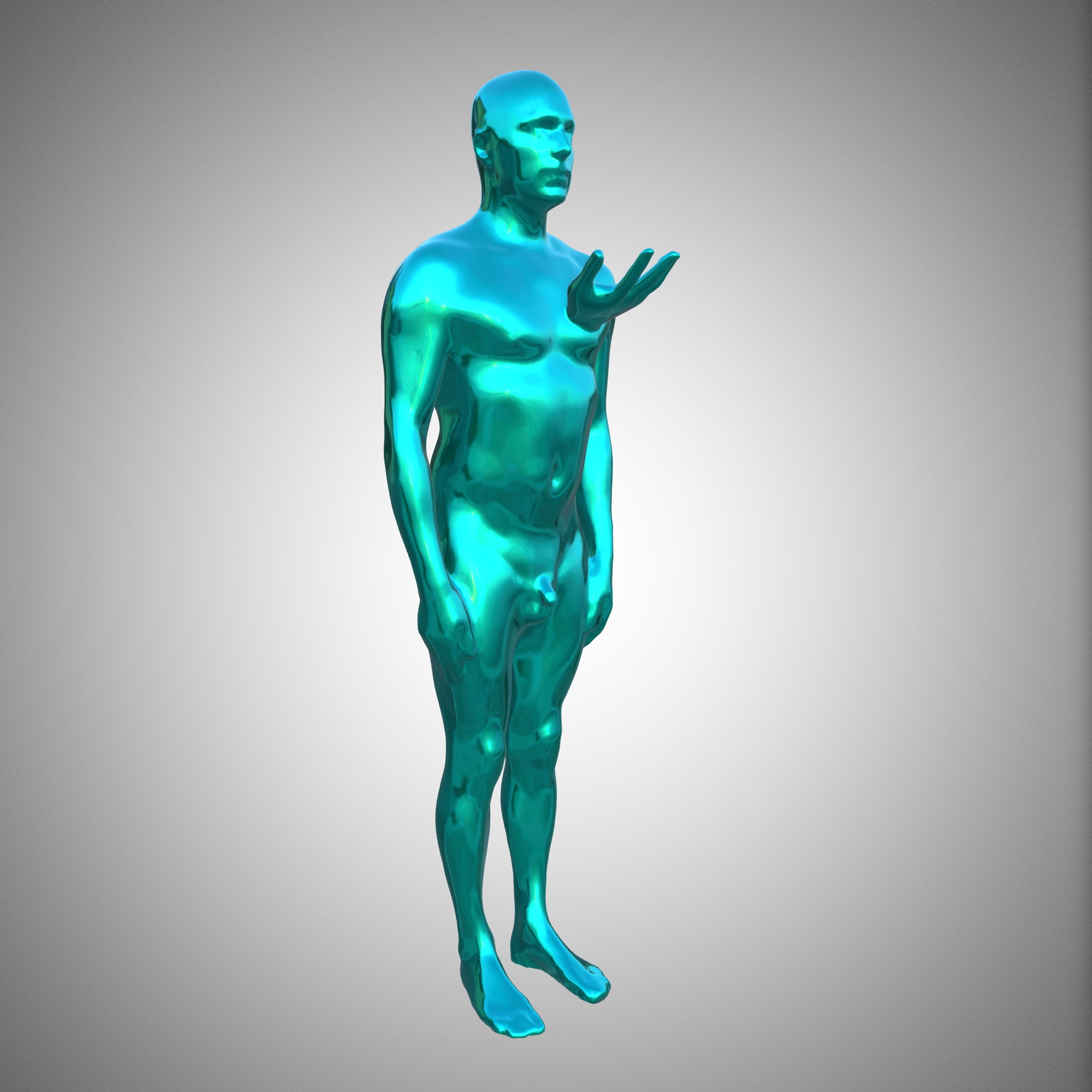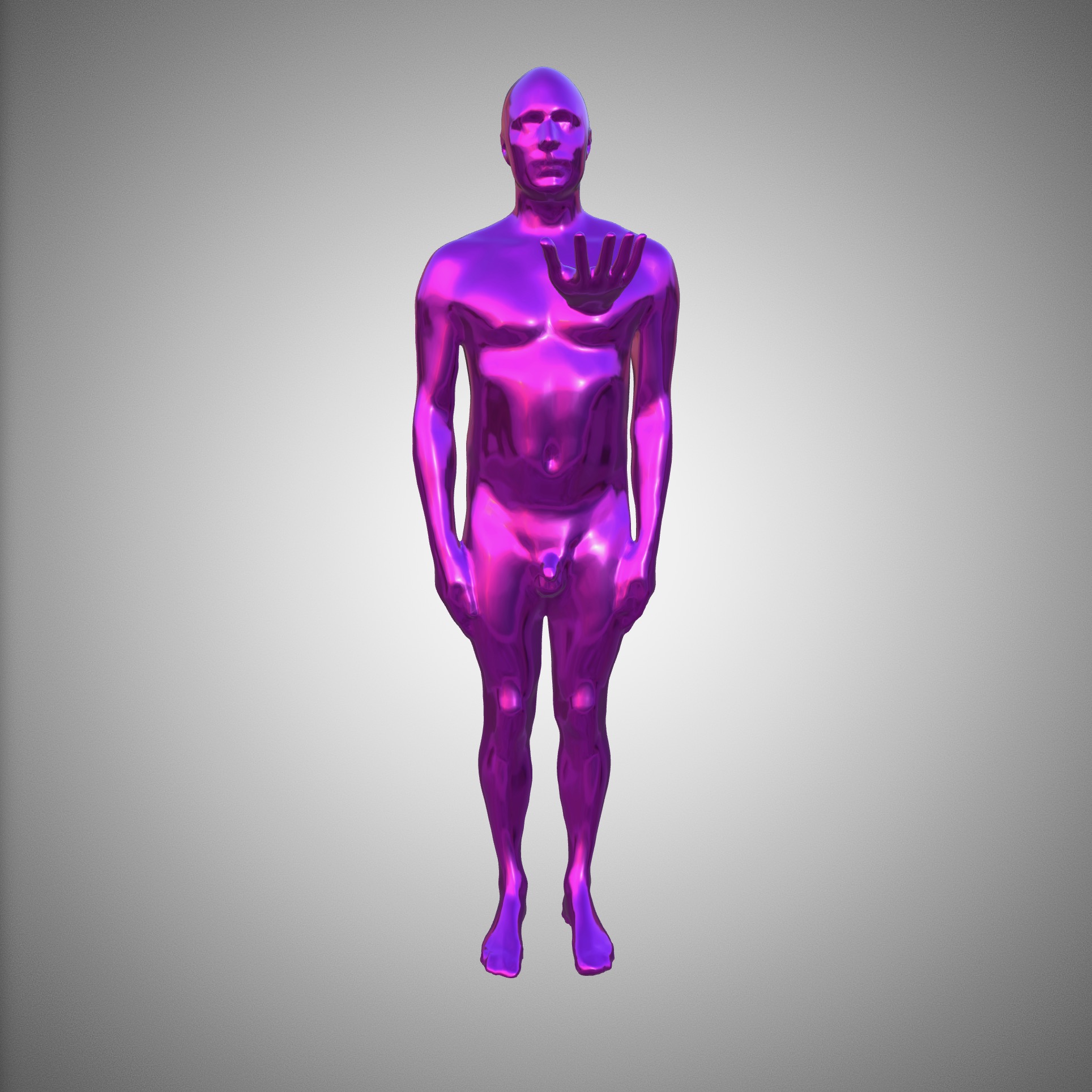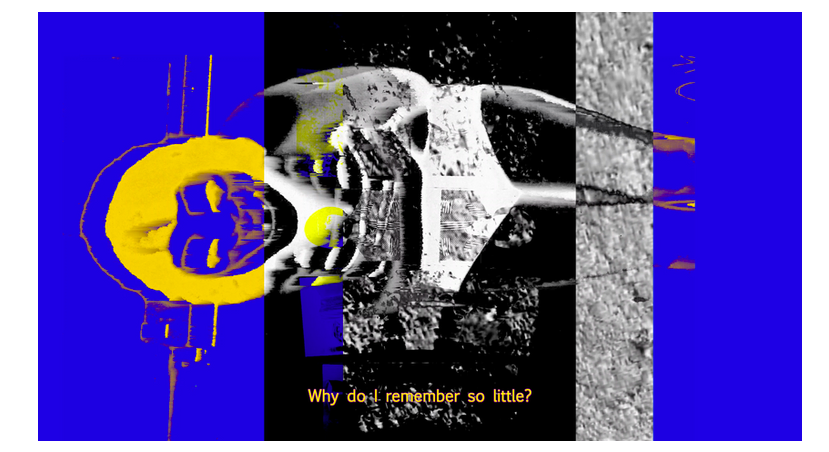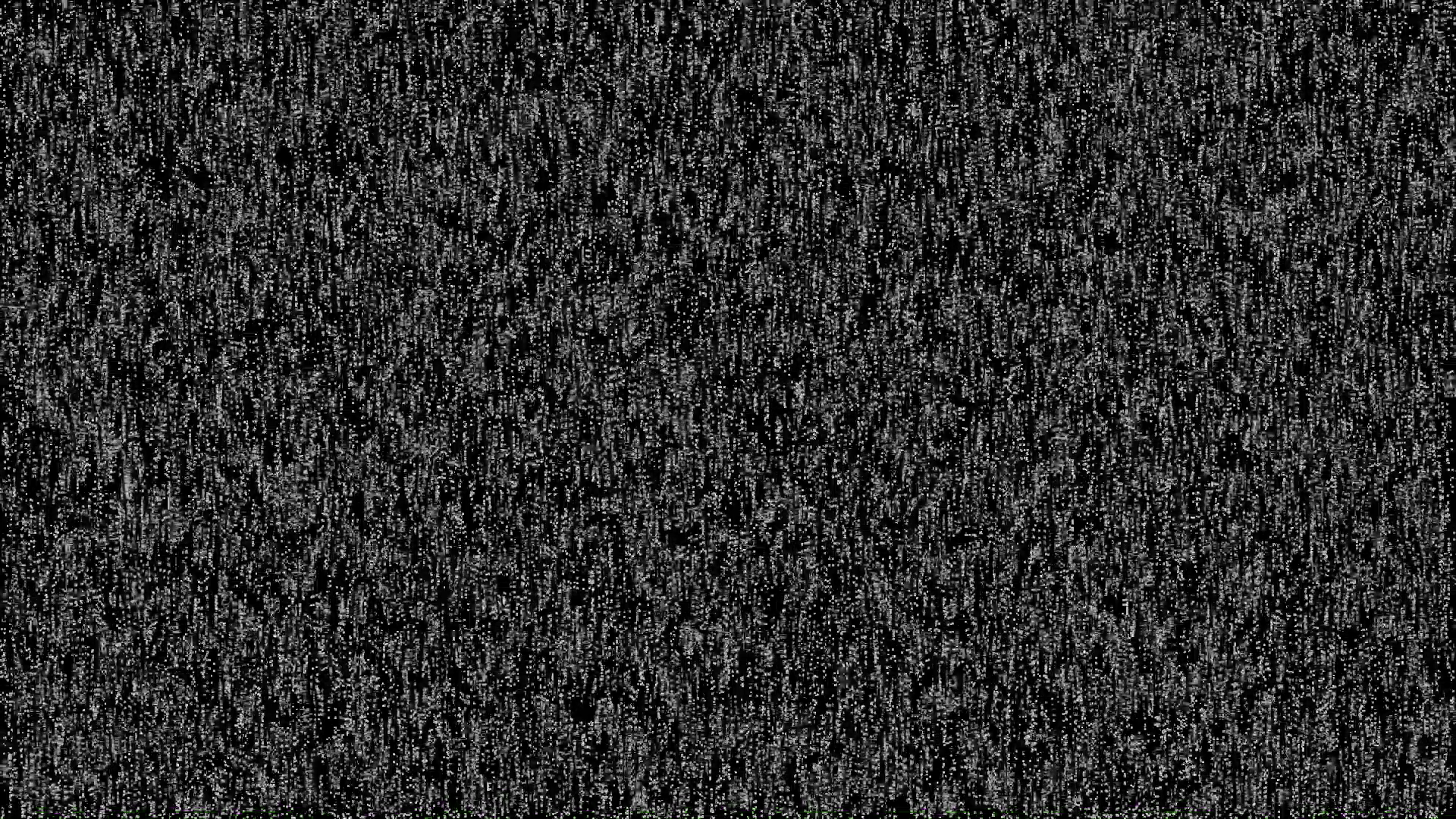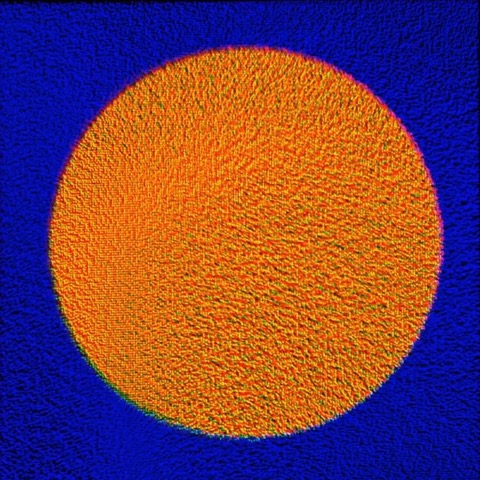Launch of the NFT platform of the Galerie Charlot -
Opening on September 1st
09/01/2022
Art is a «laboratory» in which, from a few sketches of reality, the contours of the «not yet there» are imagined and moulded, as Ernst Bloch (1885-1977) said. Yves Klein, in his exhibition «Le Vide» at the Iris Clert Gallery, was already rethinking the definition of a work of art in 1958 by introducing the concept of virtuality. Could these notions of «real and immaterial» be at the origin of what we call today «digital art»? Artists have always used new technologies to experiment in their artistic «research laboratories». From Leonardo Da Vinci to Nam June Paik, Saraceno, Manfred Mohr or James Turrell, Art/Science/Technology are intertwined and merged through the artists’ creativity. These digital tools open up new perspectives in the very concept of the work of art, where the material and the immaterial come together and transport us to unknown and fascinating worlds. These digital works, videos, photographs, generative, interactive, using AI, AR or VR, are increasingly present on the contemporary art market and can be acquired in fiduciary or crypto-currency. Certificates of authenticity and backup are established, depending on the purchase method, on a USB key, a paper document or on the Blokchain for NFTs. The multiple forms of digital art are as numerous experiences to be enjoyed individually as they are to be shared within a community.
Artists
- + Anne-Sarah Le Meur (represented by Galerie Charlot)
- + Antoine Schmitt (represented by Galerie Charlot)
- + Chun Hua Catherine Dong (represented by Galerie Charlot)
- + Eduardo Kac (represented by Galerie Charlot)
- + Eric Vernhes (represented by Galerie Charlot)
- + Kika Nicolela (represented by Galerie Charlot)
- + Lauren Moffatt (represented by Galerie Charlot)
- + Louis-Paul Caron
- + Manfred Mohr (represented by Galerie Charlot)
- + Nicolas Sassoon
- + Nikolas Chasser Skilbeck (represented by Galerie Charlot)
- + Quayola (represented by Galerie Charlot)
- + Sabrina Ratté (represented by Galerie Charlot)
- + Thomas Israël (represented by Galerie Charlot)
Wintergarden
byWinter Garden is a hypnotic refuge, straddling the line between abstract architecture and an enclosed garden. Using 3D animation, video synthesis and ...
Video in loop - NFT
Unique
1:52 loop, 1920x1476p
2022
Désir #2 Vert
byThe series of sculptures «desires» by Thomas Israel, is part of his reflection on transhumanism and our growing will and ability to modify our bodie...
Objet 3D AR - NFT
Unique Piece
2022
Désir #2 Mauve
byThe series of sculptures «desires» by Thomas Israel, is part of his reflection on transhumanism and our growing will and ability to modify our bodie...
Objet 3D AR - NFT
Unique Piece
2022
I don’t remember much about her / redux
by‘I don’t remember much about her.’ is a piece I developed over 5 months at a residency at the Villa Empain - Boghossian Foundation (Brussels). I...
Video - NFT
Ed. 1/3
MP4 - 325.4MB - 717 seconds - 1920x1080px
2022
Sécheresse
byThe Cascade series is inspired by traditional chinese painting and revolves around the figure of the cascade, symbol and incarnation of permanent move...
Infinite generative video - NFT
Duration infinite
2022

